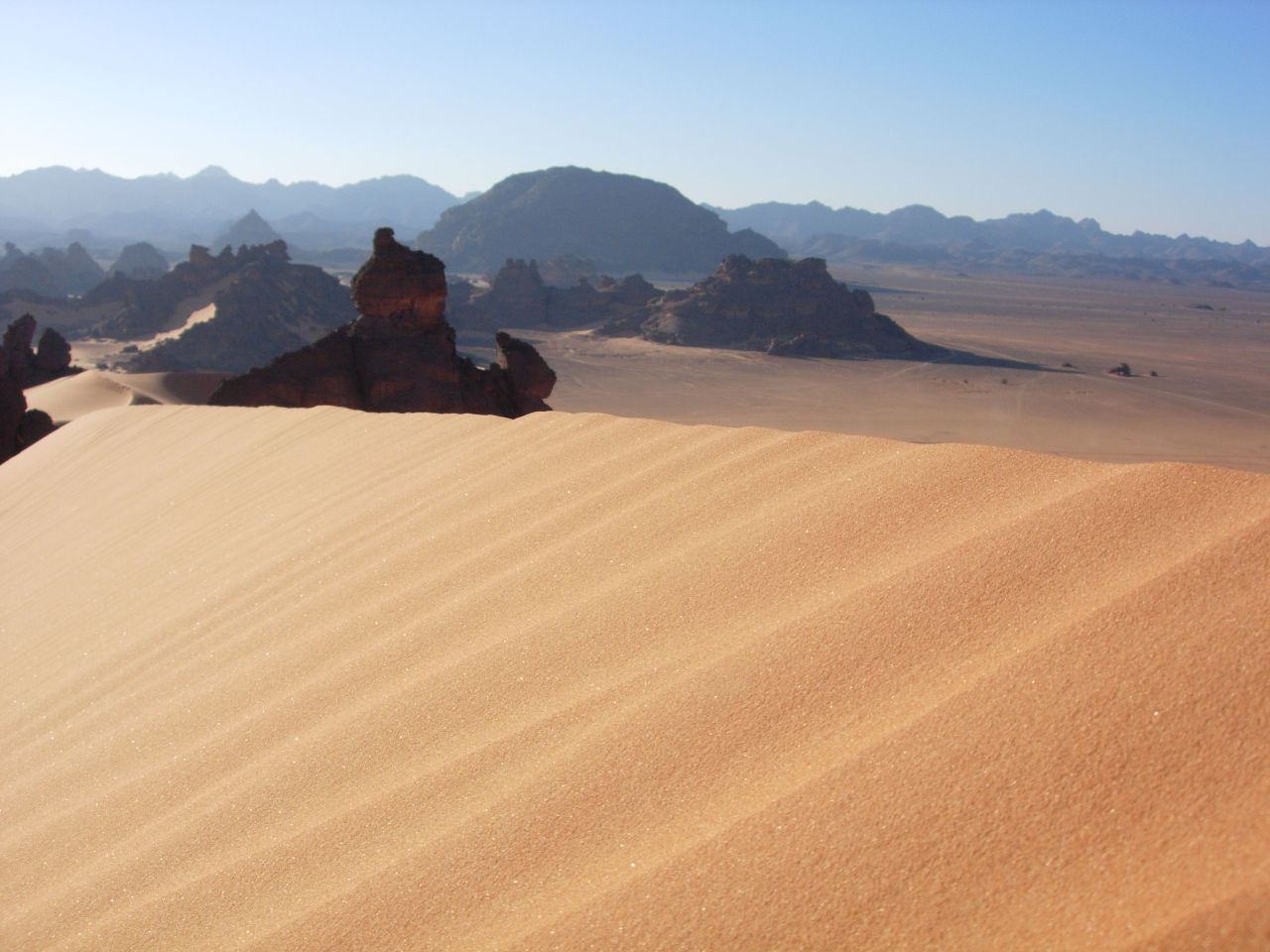Kababish on:
[Wikipedia]
[Google]
[Amazon]
 The Kababish ( ; ) are a nomadic tribe of the northern
The Kababish ( ; ) are a nomadic tribe of the northern
 From a young age children start to work at herding camels for water and feeding. What makes the Kababish stand out from other nomads is that the tribe does not all move together, often the women will stay at their camps or ''dikkas'' while the men move north towards the
From a young age children start to work at herding camels for water and feeding. What makes the Kababish stand out from other nomads is that the tribe does not all move together, often the women will stay at their camps or ''dikkas'' while the men move north towards the
 The Kababish ( ; ) are a nomadic tribe of the northern
The Kababish ( ; ) are a nomadic tribe of the northern Kordofan
Kordofan ( ') is a former province of central Sudan. In 1994 it was divided into three new federal states: North Kordofan, South Kordofan and West Kordofan. In August 2005, West Kordofan State was abolished and its territory divided between N ...
region of Sudan
Sudan, officially the Republic of the Sudan, is a country in Northeast Africa. It borders the Central African Republic to the southwest, Chad to the west, Libya to the northwest, Egypt to the north, the Red Sea to the east, Eritrea and Ethiopi ...
. The Kababish comprise about 19 different groups, which are all led by a single ''nazir'' or chief. Their main occupation is as camel
A camel (from and () from Ancient Semitic: ''gāmāl'') is an even-toed ungulate in the genus ''Camelus'' that bears distinctive fatty deposits known as "humps" on its back. Camels have long been domesticated and, as livestock, they provid ...
herders, which gives them a high standing in Arabic society as camels are highly prized and valued.
The main religion of the Kababish is Islam, adhering to the Sunni
Sunni Islam is the largest branch of Islam and the largest religious denomination in the world. It holds that Muhammad did not appoint any successor and that his closest companion Abu Bakr () rightfully succeeded him as the caliph of the Mu ...
denomination. They descend from Arab forefathers that hail from the Arabian tribe of Juhaynah
The Juhaynah ( ; ) are a nomad tribe of the Arabian Peninsula and the largest clan of Banu Quda'a. They are one of the most powerful Arabian tribes that rule important parts of the Arabian Peninsula. The clan remains prevalent in the Arabian P ...
, and speak a form of Sudanese Arabic
Sudanese Arabic, also referred to as the Sudanese dialect (, ), Colloquial Sudanese ( ) or locally as Common Sudanese ( ) refers to the various related varieties of Arabic spoken in Sudan as well as parts of Egypt, Eritrea and Ethiopia. Sudanese ...
. Women classically dress in a long blue cloth wrapped a few times around their body, while the men wear long white tunics, loose white pants and white turbans. Most men will carry a dagger or sword and perhaps a rifle or shotgun, due to the harshness of desert life and the threat of banditry due to their valuable stock.
Herders
 From a young age children start to work at herding camels for water and feeding. What makes the Kababish stand out from other nomads is that the tribe does not all move together, often the women will stay at their camps or ''dikkas'' while the men move north towards the
From a young age children start to work at herding camels for water and feeding. What makes the Kababish stand out from other nomads is that the tribe does not all move together, often the women will stay at their camps or ''dikkas'' while the men move north towards the Libyan Desert
The Libyan Desert (not to be confused with the Libyan Sahara) is a geographical region filling the northeastern Sahara Desert, from eastern Libya to the Western Desert (Egypt), Western Desert of Egypt and far northwestern Sudan. On medieval m ...
.
Home life
The Kababish's home is a simple place made of canvas or cloth walls and roofs made of camel hairs and hides. Inside will be a few ornaments and a large bed raised off the ground and bound together by leather straps. Meat, berries and whatever can be traded makes up the diet, as well as the Arabic staple of spiced tea.Contemporary Kababish
Since the famine in the 1980s life has become more strenuous for the Kababish, which has seen many turn towards the cities or take up a more semi-nomadic life. Today the tribe is estimated to be anywhere between 70,000 and 350,000, most of whom are illiterate.See also
*Demographics of Sudan
The demographics of Sudan include the Sudanese people () and their characteristics, Sudan, including population density, ethnicity, education level, health, economic status, religious affiliations, and other aspects of the population.
In Sudan' ...
* El Arnab (a traditional kababish mancala
Mancala ( ''manqalah'') is a family of two-player Turns, rounds and time-keeping systems in games, turn-based Strategy game, strategy board games played with small stones, beans, marbles or seeds and rows of holes or pits in the earth, a board ...
game)
References
Ethnic groups in Sudan {{Sudan-ethno-group-stub